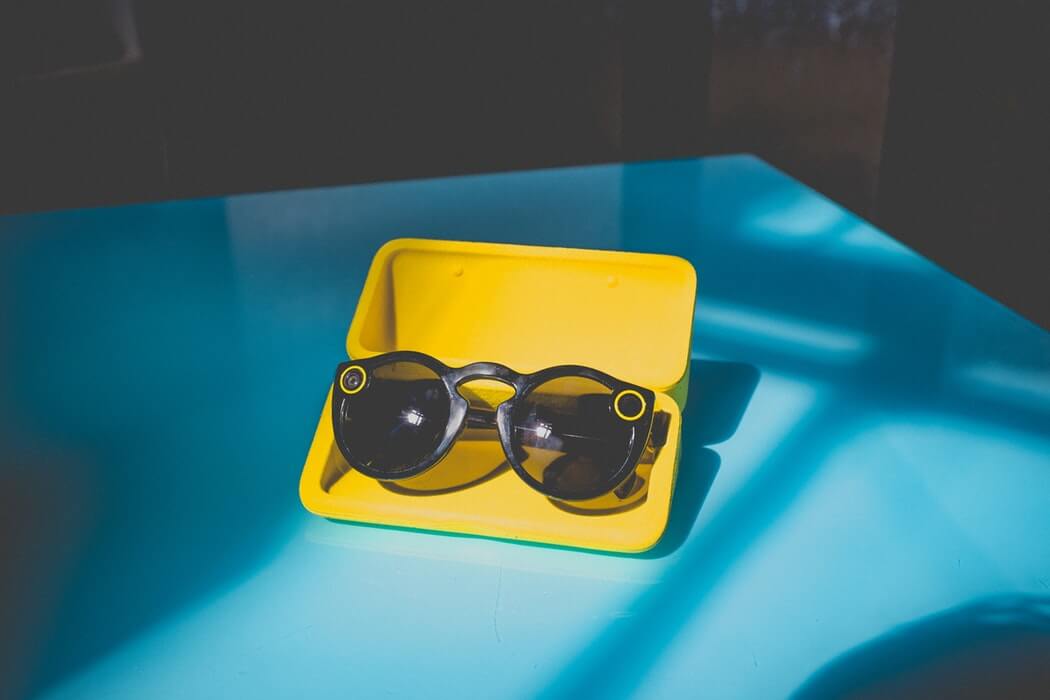Snapchat has just celebrated its first anniversary as a public company. Like any public company, they have faced deep scrutiny on their business performance and their ability to be a viable advertising alternative to the existing giants (Facebook, Google and Amazon). It has also been vulnerable to market fluctuations driven by events out of Snapchat’s control. Take the recent message from reality TV star Kylie Jenner claiming she is over Snapchat, it wiped more than a billion US dollar off Snapchat’s market capitalisation. It shows how companies like Snapchat are obviously very sensitive to the impact of large scale influencers and have a complicated value eco-system where their value is derived not only from their ability to deliver a quality experience to their users and advertisers, the competitive state of the digital media landscape but also from a community of culturally relevant influencers.
A week beyond this event, which must have been seen as a painful earthquake for Snapchat, the financial performance of Snapchat has bounced back and the stock price is almost back to where it was when Kylie Jenner made her announcement (Feb 21: Snap Inc at 18.64 – Mar 2 at 18.01). It gives you hope that significant financial decisions are potentially more driven by business fundamentals than the randomness of comments coming from these types of influencers, but who knows if this holds in the future…
Like its social media competitors, Snapchat is not standing still. It has rolled out a redesigned app interface over the past few months to attract new users and make it easier to use in general. As expected, this redesign is not seen by everyone as a positive step. However, a potential positive sign on the impact of this redesign is Snap’s download rates which have remained strong and a steady growth in Snap’s daily active users which is approaching 200 million.
Snap’s advertising eco-system is also looking up with advertising revenue increasing more than Wall Street expected and the company’s revenue is now finally large enough to cover the company’s basic costs. Snap’s ad buying model has also evolved in 2017 to an automated bidding process for selling ads, making it easier for more marketers to buy ads and ending up attracting many more advertisers with Snap claiming the number of advertisers has more than tripled. One notable campaign is Nike’s release of a pair of new Air Jordan sneakers on Snapchat where they sold out in 23 minutes, according to TechCrunch. This move into e-commerce opens up a world of interesting opportunities for advertisers. It will also be interesting to see how Snapchat’s Spectacles evolve in 2018. Whilst critics have been very forthcoming with reasons as to why it’s not a proven business model, they’ve undeniably had more success in terms of users’ penetration and product experience vs. a Google Glass for example.
Finally, Snapchat has been a victim of its own success with its large competitors responding to new users’ trends created by Snapchat. Google are launching a format similar to Stories.
Facebook has rolled out copycats of Stories in Instagram, WhatsApp, Facebook Messenger and its own main app. Twitter introduced advertising sponsorships of its own visually rich format, Moments.
But, if they can continue to innovate, Snapchat should have a bright future.
SIGN UP FOR ZENITH INSIGHTS



